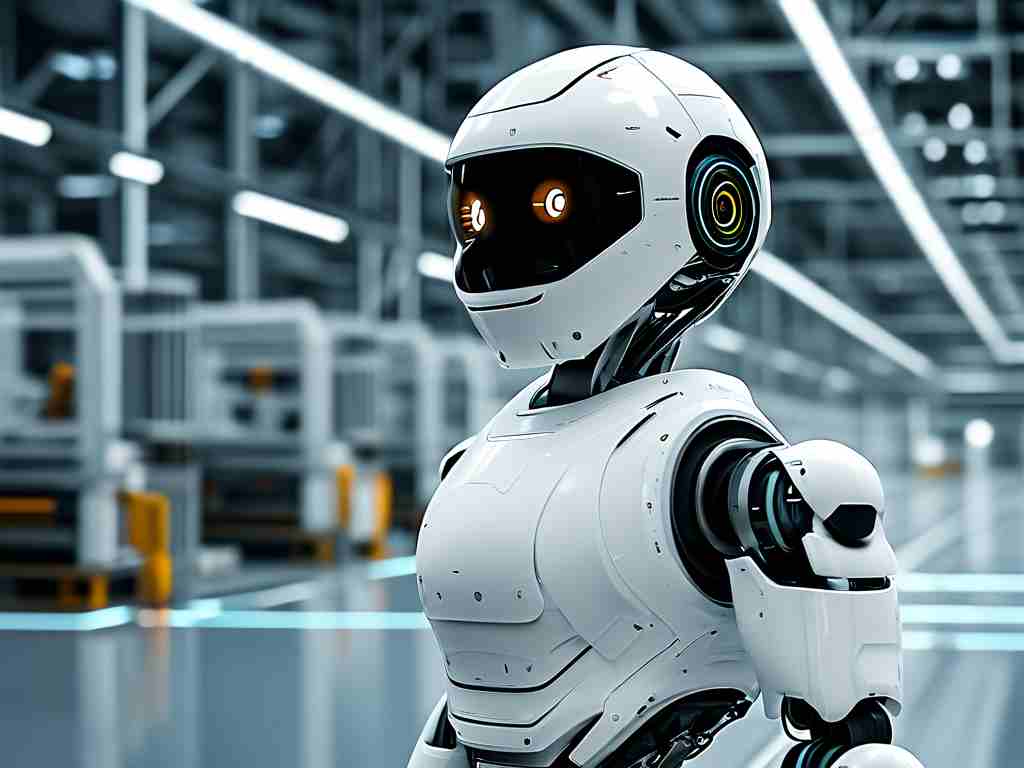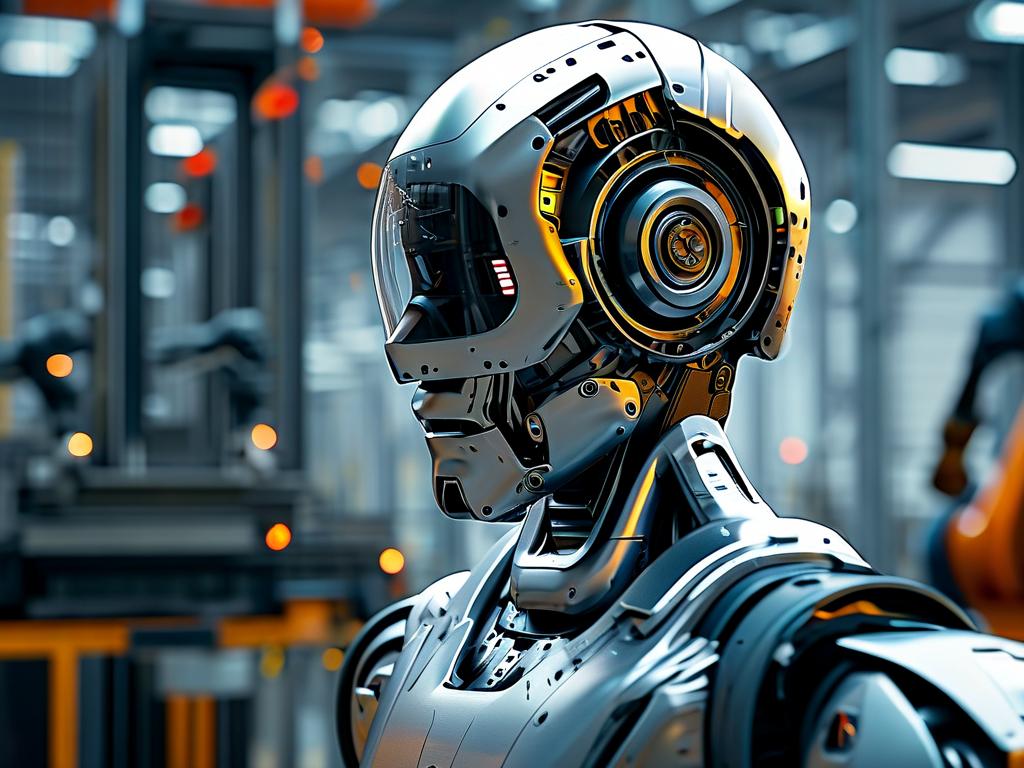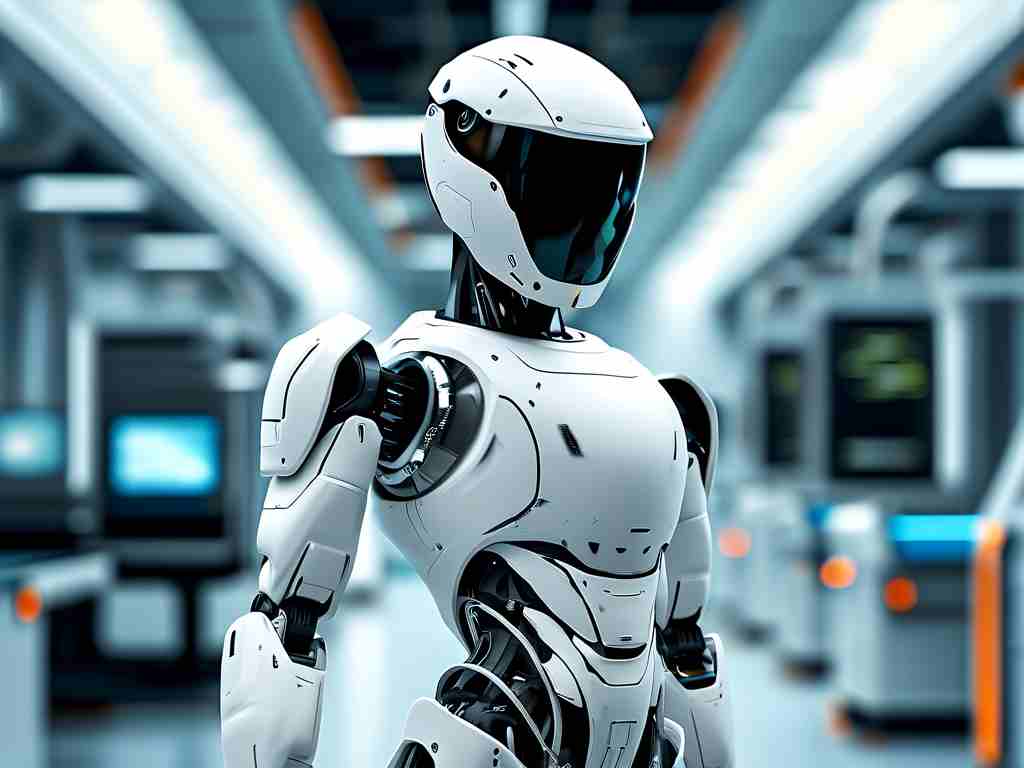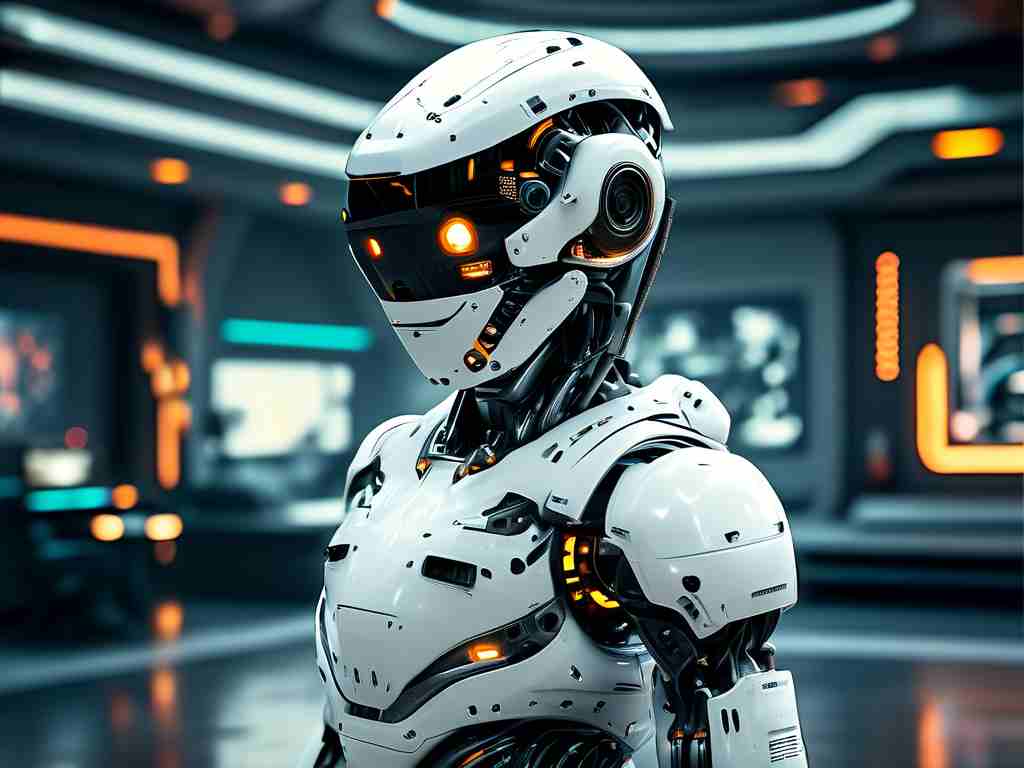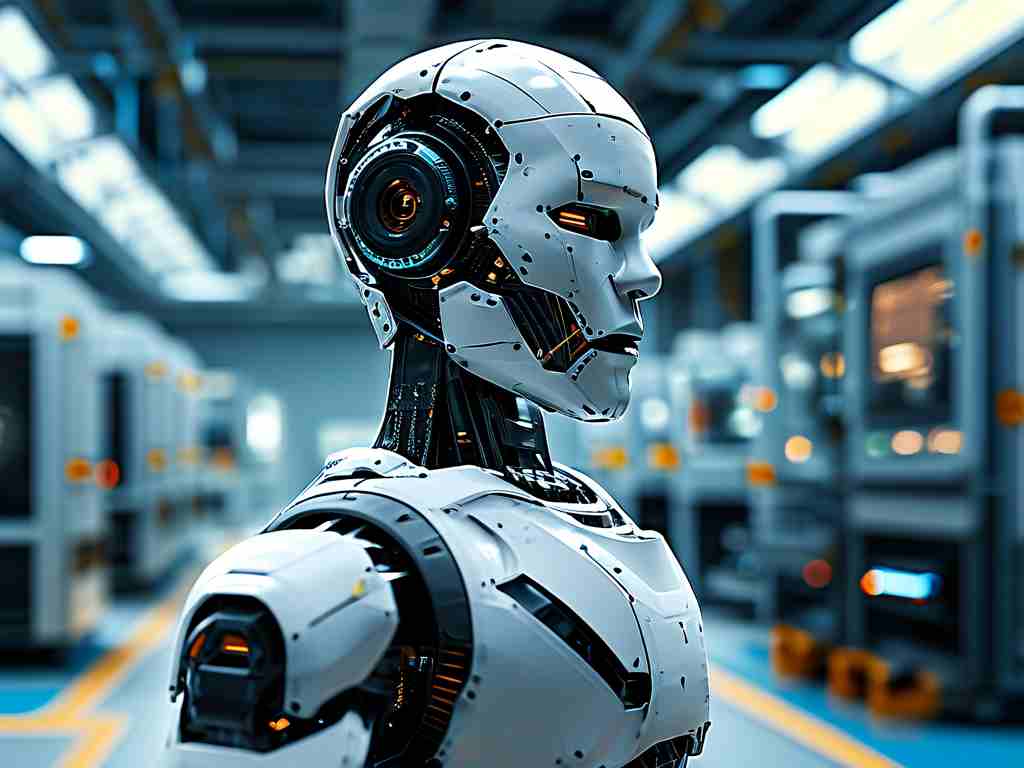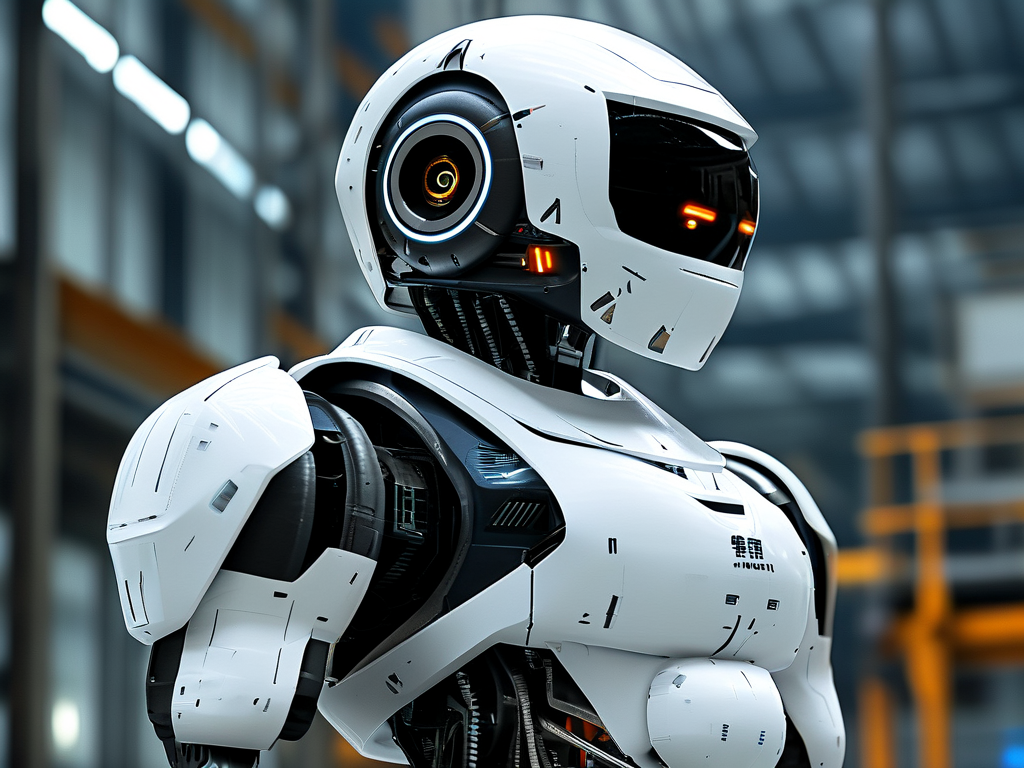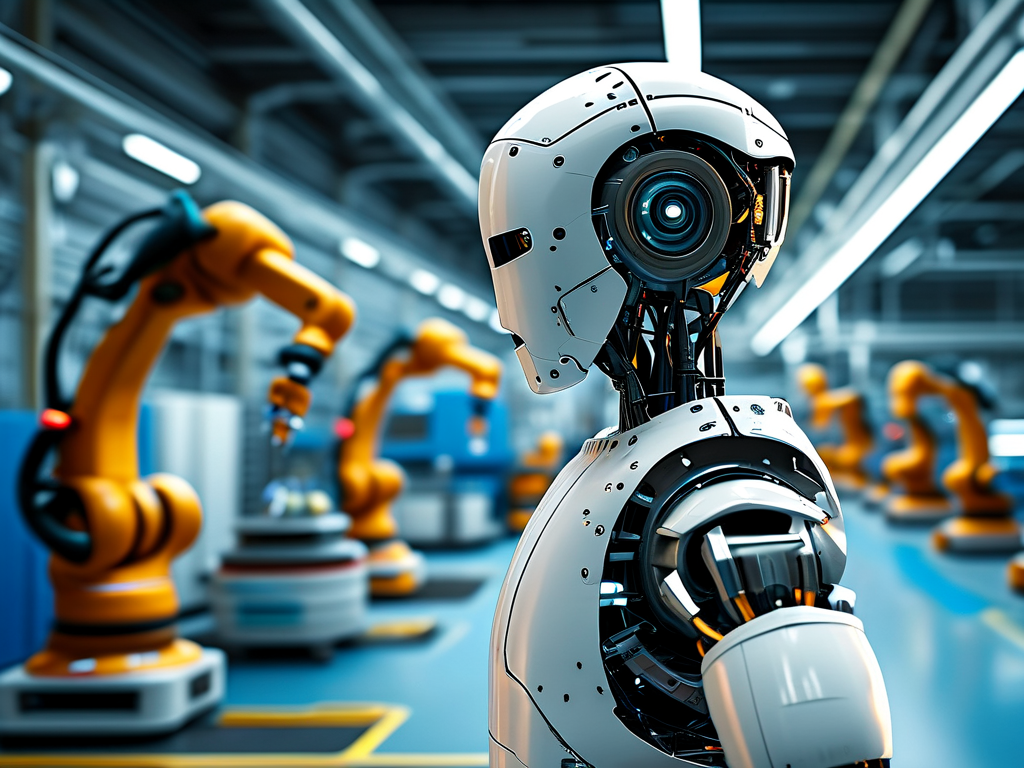In recent years, robotics technology has undergone transformative breakthroughs, reshaping industries and redefining human-machine collaboration. From self-learning algorithms to biomimetic designs, these advancements are not merely incremental improvements but paradigm shifts that promise to revolutionize sectors ranging from healthcare to manufacturing. This article explores the latest innovations, their real-world applications, and the ethical considerations they raise.
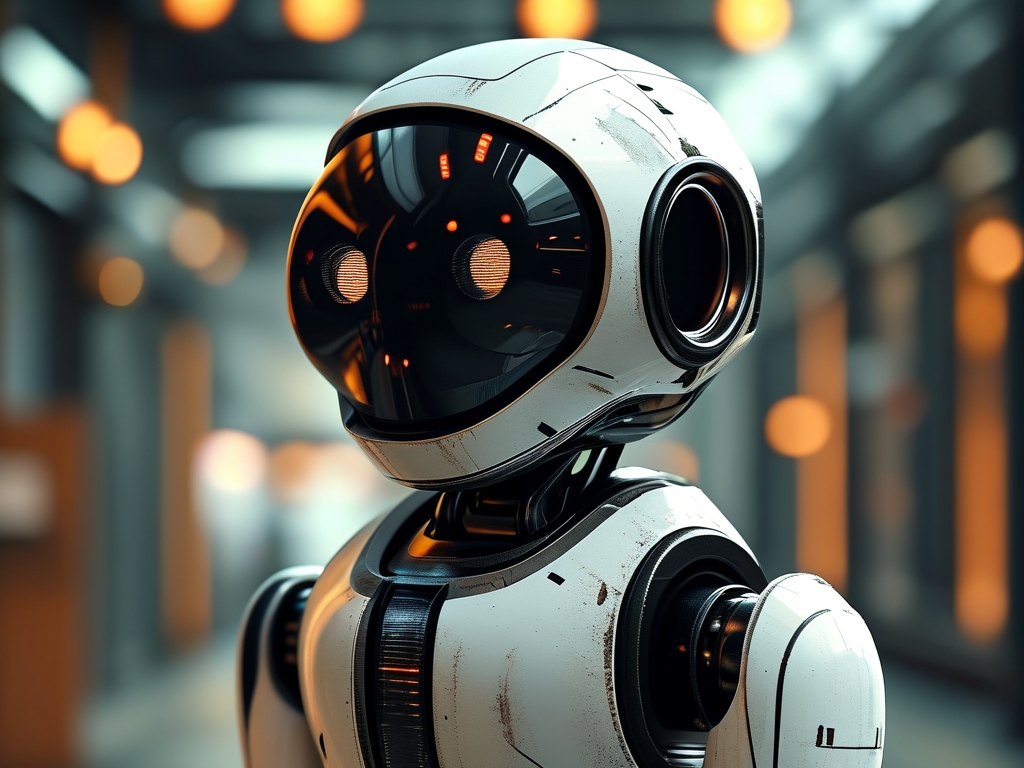
1. Self-Evolving AI Systems
The integration of artificial intelligence (AI) with robotics has reached unprecedented heights. Modern robots now employ reinforcement learning frameworks that enable them to adapt to dynamic environments without human intervention. For instance, Boston Dynamics’ latest humanoid robot, Atlas Next-Gen, utilizes neural networks to master complex tasks like parkour and object manipulation through trial-and-error simulations. This self-evolving capability reduces programming dependencies and allows robots to operate in unpredictable settings, such as disaster zones or construction sites.
Similarly, Tesla’s Optimus robot leverages real-time data from Tesla’s autonomous vehicle fleet to refine its decision-making algorithms. By analyzing millions of driving scenarios, Optimus can anticipate human behavior in shared workspaces, enhancing safety and efficiency.
2. Biomimetic Robotics: Nature as a Blueprint
Biomimicry has emerged as a cornerstone of next-gen robotics. Researchers at MIT have developed soft robotic grippers inspired by octopus tentacles, capable of handling fragile objects like eggs or surgical tools with human-like dexterity. These grippers use fluidic actuators and sensory feedback systems to adjust grip strength instantaneously, making them ideal for automated assembly lines and medical applications.
In another breakthrough, Festo’s BionicSwift—a robotic bird mimicking avian flight mechanics—has achieved autonomous flocking behavior using ultra-light materials and AI-powered coordination. Such innovations are paving the way for drones that navigate crowded airspace or environmental monitoring robots that mimic animal behavior to avoid disrupting ecosystems.
3. Human-Robot Symbiosis
Collaborative robots (cobots) are breaking barriers in workplaces. ABB’s YuMi® series, equipped with vision systems and force-sensitive arms, now works alongside factory workers to assemble electronics with micron-level precision. These cobots use natural language processing (NLP) to understand verbal instructions, reducing training time and fostering seamless teamwork.
In healthcare, surgical robots like the da Vinci 5 have incorporated haptic feedback and 3D visualization, enabling surgeons to perform minimally invasive procedures with enhanced accuracy. Meanwhile, exoskeletons like Hyundai’s H-VEX are empowering individuals with mobility impairments to walk independently by interpreting neural signals through brain-computer interfaces (BCIs).
4. Ethical and Societal Implications
While the potential of robotics is immense, it raises critical questions. Job displacement remains a concern: the World Economic Forum estimates that 85 million jobs could be automated by 2025. However, proponents argue that robotics will create new roles in AI maintenance and system design.
Privacy is another issue. Robots equipped with facial recognition or data-collection sensors could infringe on personal freedoms. Regulatory frameworks, such as the EU’s proposed Artificial Intelligence Act, aim to enforce transparency and accountability in robotic deployments.
5. The Road Ahead
Future advancements may focus on quantum computing-enabled robotics for solving complex optimization problems or self-repairing materials that extend robotic lifespans. Companies like OpenAI and DeepMind are also exploring general-purpose robots capable of performing diverse tasks without task-specific programming.
In , robotics technology is no longer confined to science fiction. As innovations accelerate, stakeholders must balance progress with ethical stewardship to ensure these tools serve humanity’s best interests. The age of intelligent machines is here—and it demands both awe and careful deliberation.


